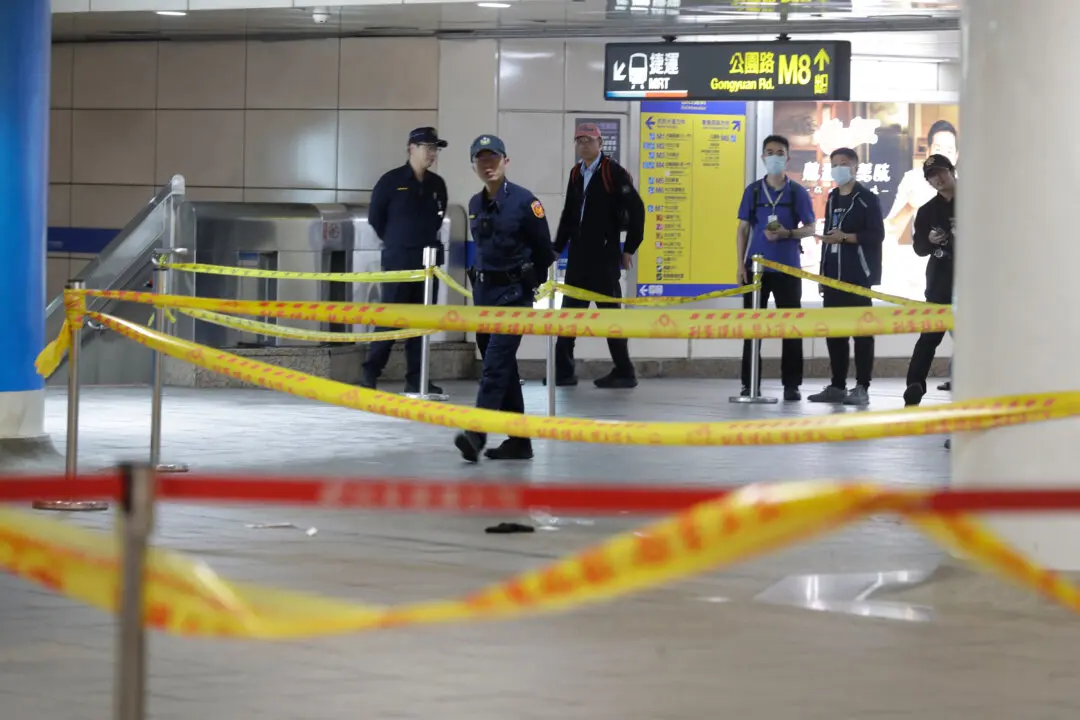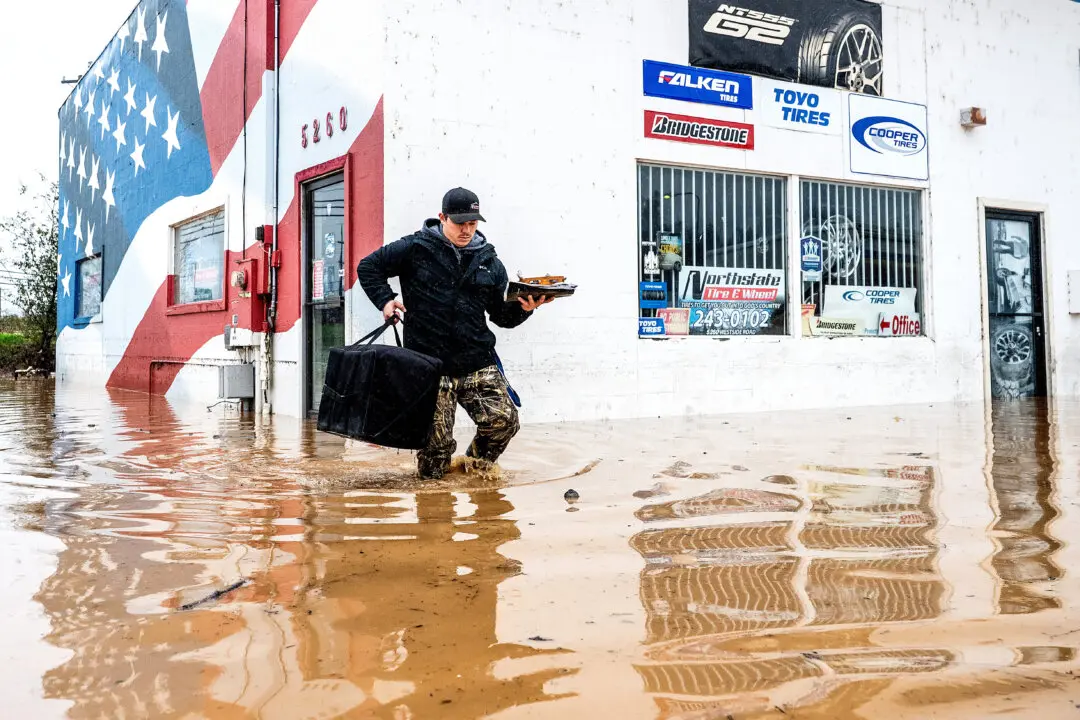KATHMANDU, Nepal—Shiva Parwar has been camping on the pavement for five days, waiting in line for cooking gas. There are 521 gas cylinders ahead of his, and not even the dealer knows when more fuel will arrive, thanks to a two-month-long border blockade that shows no sign of ending.
“I sent my wife and child back to our village home because we don’t have the gas to cook,” said Parwar, whose roadside candy stall is shuttered while he waits. “I have been eating in restaurants with borrowed money but that too has run out. I have no option but to wait in line.”
An ethnic group’s blockade of a key border point with India is leaving Nepal with only about 15 percent of its normal supply of gasoline, diesel and cooking fuel, and creating shortages of other goods including food and medicine.
The group’s dispute with the government is part of the political dysfunction that has held back development and even prevented the adoption of a constitution for nearly a decade. Now it is threatening lives as hundreds of thousands of people, many of them displaced by Nepal’s devastating spring earthquakes, face the winter without fuel, secure housing and many essential goods.
“We are all suffering. Prices of food have gone up and there is shortage of many things here,” Parwar said in Kathmandu, the capital. “It is the common people who are suffering. The rich and the leaders are getting the fuel and gas and living comfortably.”
A look at Nepal’s crisis through the eyes of those close to the dispute, and others who are struggling with its consequences:
The Madhesis’ Complaint
Members of the Madhesi ethnic group in south and southeast Nepal are blockading the border to protest Nepal’s new constitution, which was adopted in September after years of infighting. The group wants a larger Madhesi province and more seats in Parliament than they have been given.
Madhesi protesters have clashed with police, attacked public vehicles and shut down highways. At least 50 protesters, police and bystanders have died in the violence.
Upendra Yadav, a leading Madhesi protest leader, blames the government for ignoring their demands and using excessive force to crush peaceful demonstrations.
“Just last week the government sent their goons to disrupt our mass gathering, burning down the stage and chasing our supporters,” Yadav said.
The Madhesis have held talks with government negotiators at least nine times but have not reached any agreement.
“We are very clear with our demands,” Yadav said, accusing the government of failing to present a clear agenda.
The Government’s Response
The coalition government led by Prime Minister Khadga Prasad Oli took office after the protests began with promises it would resolve the conflict, but two months later, a solution is nowhere in sight.
The government has said it’s ready to make changes to the constitution but has said little about protesters’ demands for a bigger province. The Himalayan country has more than 100 ethnic groups, and while the Madhesi are among the largest, making up about a fifth of Nepal’s 30 million people, there are fears that a deal to end the blockade could set off protests elsewhere.





